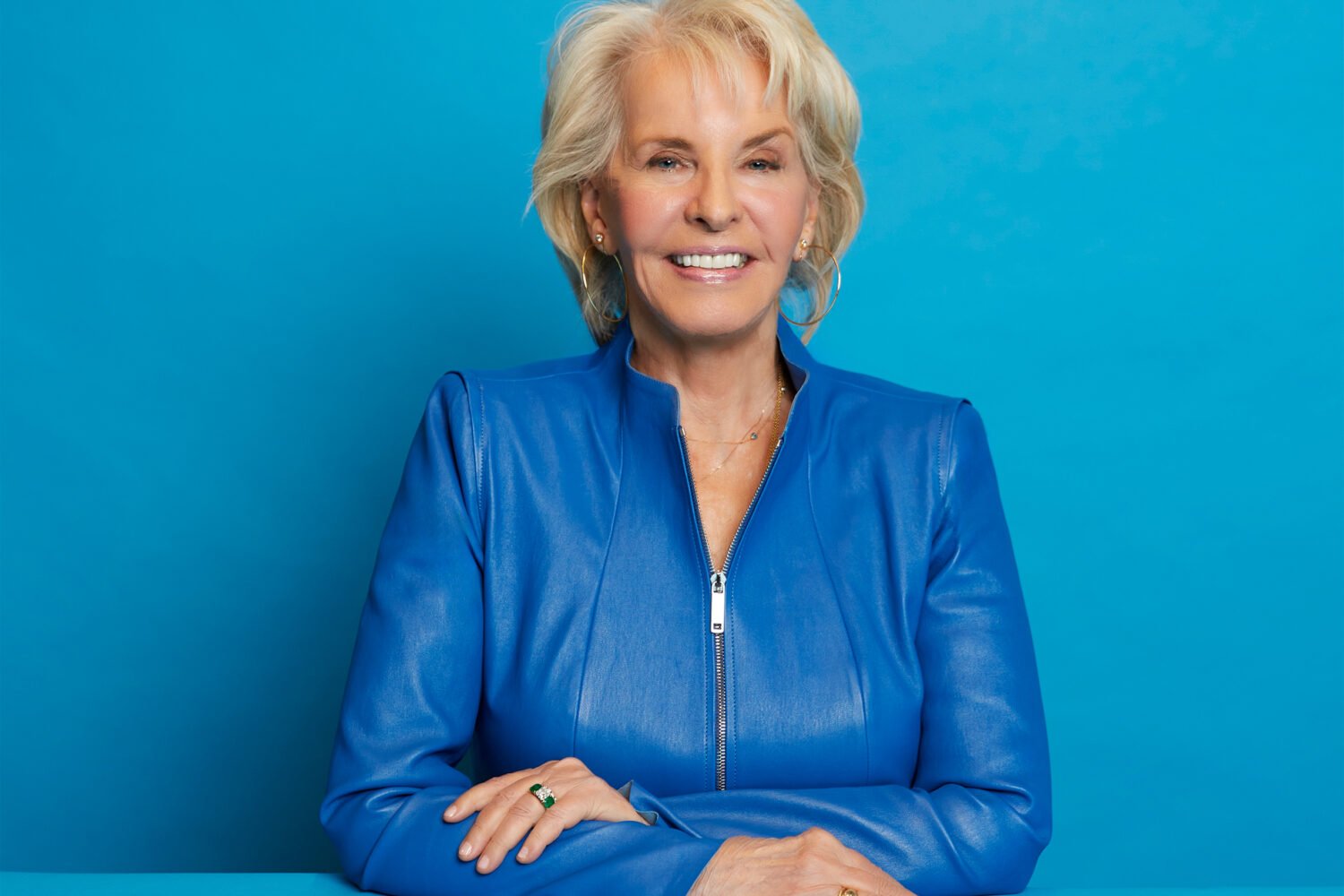The Washington Post pays women employees in its newsroom, as a group, less than men, according to an exhaustive new study from the news organization’s union. The Washington Post Newspaper Guild says Alice Li and Sophie Ho, the co-chairs of its equity and diversity committee, requested salary information for Guild-covered employees (meaning employees who are eligible for membership in the union, whether they are members or not) from the Post this summer. Database editor Steven Rich led the subsequent analysis, with contributions from dozens of Guild members, many of them women and people of color. “I would have been happy to write a report that said the Post had pay equity across the board,” Rich tells Washingtonian. The Guild also published the code for the report in two languages so other organizations can use it as a model. “We wanted this to be a resource for other unions as well,” says Katie Mettler, the Guild’s co-chair for news.
The Guild presented Post management with its findings last week, and it declined to comment at the time, Mettler says. After the study was published, the Post issued a statement: “The Post is committed to paying employees fairly for the work they perform, and we believe that we do so, taking into account relevant factors like position, years of experience, and performance,” Post VP of communications Kristine Coratti Kelly writes in an email to Washingtonian. She continues:
It is regrettable that the Guild published a report on pay that does not appear to accurately account for these and other relevant factors, which have nothing to do with race or gender. In fact, the Guild concedes that its study’s “topline numbers such as median salary by gender or race and ethnicity cannot capture the entire story of pay at The Post.” We believe the report is seriously flawed. It is disappointing that the Guild chose to issue it—The Post told the Guild before its release that we had many questions about their methodology.
The Guild doesn’t “just want to drop this bomb in everybody’s laps,” Mettler says. “For me that’s the biggest takeaway: We are inviting the company to engage with us.”
Among the report’s findings:
• Women make less than men company-wide. In the newsroom, disparities in median salaries are steepest among employees under 40
Among the Post‘s 700-plus Guild-covered salaried employees, the median pay is $109,928 for men and $91,816 for women. In the newsroom, the median salary for men over 40 is $127,765, and the median salary for women over 40 is $126,000, a difference of less than 1.5 percent. But for employees under 40, pay differences are far more pronounced: a median salary of $95,890 for men and a median salary of $84,030 for women. The union hypothesizes that this disparity may be explained by a “hiring disparity in positions that The Post considers more prestigious, and therefore higher-paying.”
• The more white men on your desk, the higher its median pay
Desks with a median salary higher than $125,000, including National, Financial, and Investigative, had the highest median salaries. They also had the highest percentage of whites (80 percent) and men (57 percent). On more diverse desks, the median salaries are lower. “This suggests that The Post must do more to cultivate women and people of color for those desks that demand the highest levels of skill and experience and therefore command the highest salaries,” the report says.
• The pay gap persists across races and ethnicities
There’s an 18 percent pay gap between white men and white women, and a 17 percent pay gap between men of color and women of color. White men also make about 16 percent more than men of color, and white women make about 15 percent more than women of color. Some of these disparities may be explained, the union says, by the fact that “white men working at The Post have the oldest median age of any group across the newsroom”: 41, compared with 33 for women of color.
• Merit raises favor white journalists and male journalists
The Post offers merit-based pay raises to employees at management’s discretion. White employees, who account for 70 percent of the Post‘s Guild-eligible workforce, received 75.7 percent of them. Men, who make up 48.2 percent of that workforce, received 51.7 percent of the merit-based pay raises, while women, who make up 51.8 percent of that group, received 48.2 percent of the raises.
• Pay disparities have shrunk under Bezos
New hires are coming in at smaller disparities these days than under the Graham family’s ownership, the report says, though “not to within a range that the Guild would recognize as the point of parity.” A 5 percent disparity in pay for men and women under the Grahams has dropped to 3 percent under Jeff Bezos, and a 16 percent disparity between white men and women of color is now 8 percent.
• Some employees feel they need to get job offers elsewhere to raise their pay
The report quotes from interviews with several employees, including a reporter who was hired 20 years ago as an intern and makes less than $70,000, who says he’s considering picking up work driving for Uber, and another who found that all the men on her desk made more than her. She only received a raise after getting a job offer from a competitor: “How is that a way to show that you value someone?” she asked.
• The Guild has some ideas as to how the Post can fix its disparities
Among the report’s recommendations: The Post should stop asking prospective hires how much they made at previous jobs, should allow managers to know how much the people who report to them make, and should establish a diversity committee that could create guidelines similar to those created by a diversity committee at the Seattle Times.



















